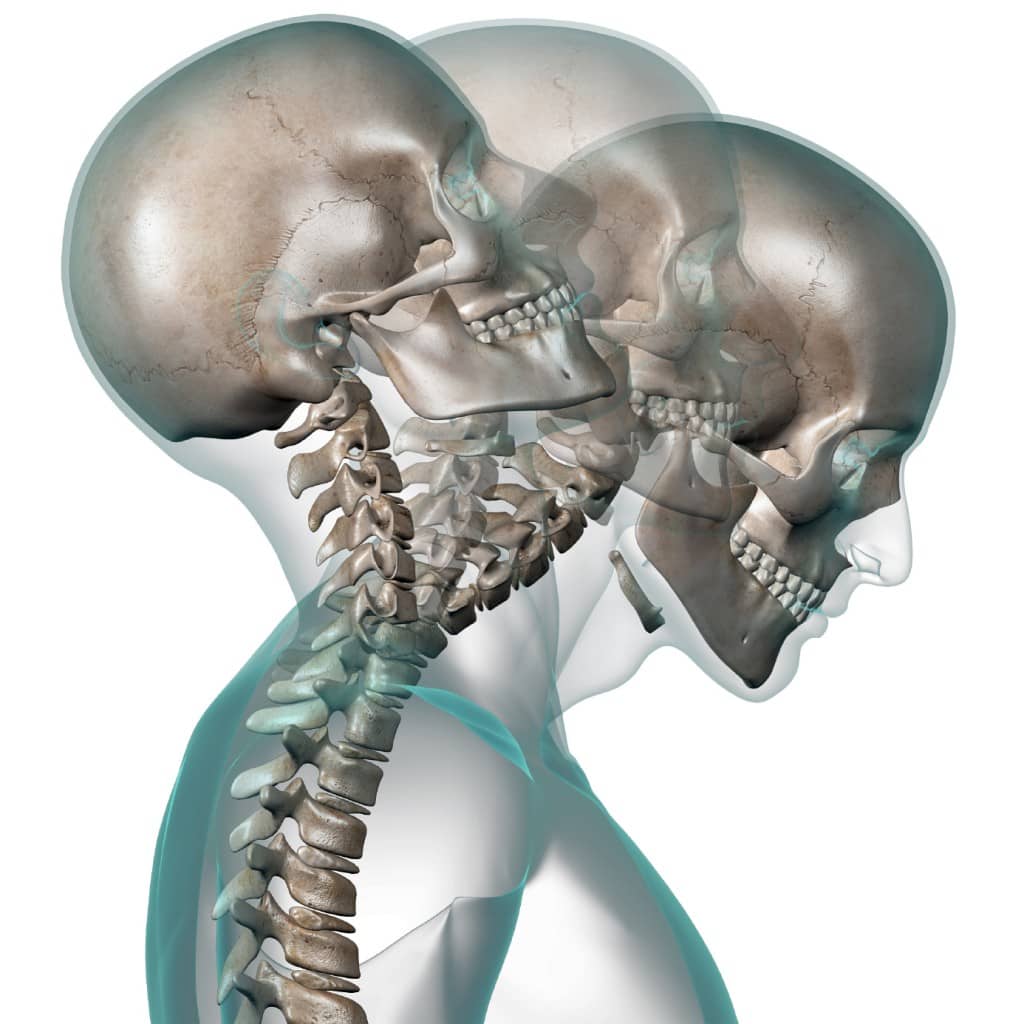Getting the Facts Straight About Whiplash
Have you been in a rear-end, motor vehicle collision and felt your body propel forward upon impact? In that moment, your head may well have stayed in place as the rest of your body jerked violently. Your neck would then be exposed to a sudden and extreme motion of extension and flexion much like a whip. Such injuries to the neck are aptly called whiplash.Whiplash actually refers to a range of neck injuries, mostly to the soft tissues, such as the muscles, tendons and ligaments. Whiplash is most commonly associated with rear-end, motor vehicle accidents, but you can be leveled with the painful symptoms of whiplash in any type of vehicular collision, or other accidents involving contact sports, head trauma, or slip and falls, to name a few.
Getting a Bad Rap
The term whiplash can conjure up a scene from a television courtroom drama: a victim is playing up their whiplash injuries with a neck brace and trying to get more money out of the defendant. Some people roll their eyes at the thought of whiplash, associating it with exaggerated or fake injuries.The truth is that whiplash is very real and can cause extreme discomfort and pain, while seriously taking away from a victim’s quality of life.Tip: Whiplash has more technical names, such as neck/cervical strain or sprain, or hyperextension/hyperflexion injury. It may be a good idea for sufferers to use these terms when talking with others, or when filing insurance claims, so that the severity of the injury is better communicated.
Other Common Misconceptions
A lot of people don’t understand that whiplash can occur even during low speed, low impact collisions. The causes of whiplash and its severity relate to a number of factors besides the force of impact. The positioning of the victim’s body, their head, and the seat and head restraints all play into it. Furthermore, the person’s height and gender, as well as the relative size and weight of the vehicles involved in the accident, can make it more likely for a passenger or driver to suffer whiplash.Other major misconceptions about whiplash is that it does not last long, is not serious, and does not require treatment. These are all false. Whiplash victims may have symptoms that last just a few days, but more likely weeks and even months. It’s important to get checked out by a doctor if you suspect you have whiplash, so you can get on a treatment plan that helps alleviate uncomfortable symptoms.
Whiplash Symptoms
Keep in mind that symptoms don’t always surface right away. It’s not unusual for signs of whiplash to take several days to start showing up. You may experience:
- neck pain and stiffness
- reduced range of motion in the neck
- arm, back or shoulder pain
- dizziness
- headache
- blurred vision
- ringing in the ears
- unusual sensations, like tingling in the arms or a prickling feeling
- trouble sleeping
- difficulty concentrating
- irritability
- other cognitive or emotional problems
Getting Help for Whiplash
Maybe whiplash has you feeling rotten and you’re ready to get better? There are two simple steps to put you on the road to recovery.Get medical attention – Since neck injuries can cause a range of health problems, be sure to seek medical attention as soon as you can after an accident. If you do get appropriate medical attention, find out under what circumstances you should return for evaluation. Worsening symptoms or developing new ones are usually signs it is time to be seen again by a health care professional.Prepare a personal injury insurance claim or lawsuit – A personal injury claim can give you the financial tools needed for a safer, speedier and easier recovery. Medical expenses and lost wages are just some of the costs you can be compensated for under a claim. But you have to be well prepared in order to win your claim – there can be a lot of paperwork and red tape to overcome. Be sure to keep a detailed record of the accident, your symptoms, and related medical treatment and bills.







